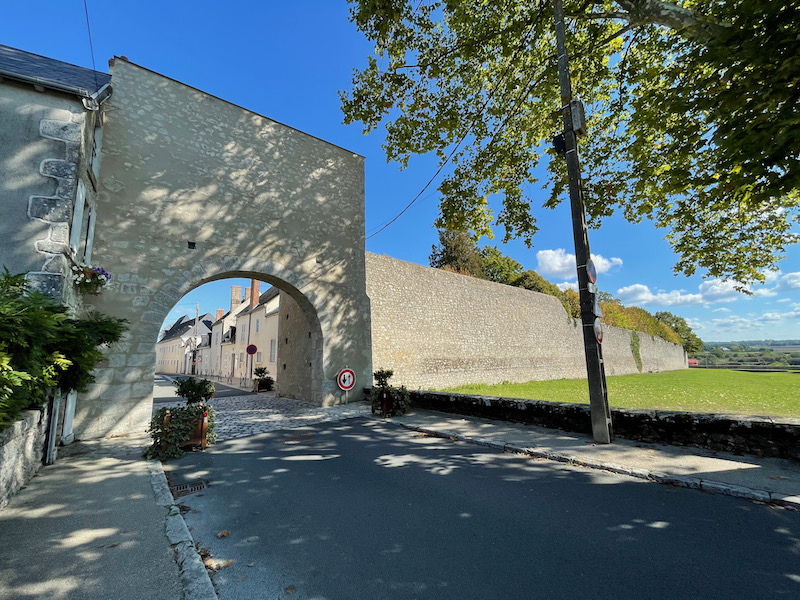Our Blog - Loire Valley Trip - Beaugency, France
One of the "100 Most Beautiful Detours in France", Beaugency has a well-preserved historic center. Coins from the first part of the 10th century mention a Balgenci-castrum, so a fortified city. We started with a short walk along the old city walls and the banks of the Loire River, taking a quick look at the Pont Beaugency. At 460 meters long, it is the oldest and longest stone bridge over the Loire River. While my information says it dates back to the 14th century, there was a bridge here in the 11th or 12th century, since it was in 1145 in an act of Simon II of Beaugency. What makes it a bit unique as well is that there are 23 arches of different shapes, some of this is due to being changed multiple times over the years when it was damaged by flooding.
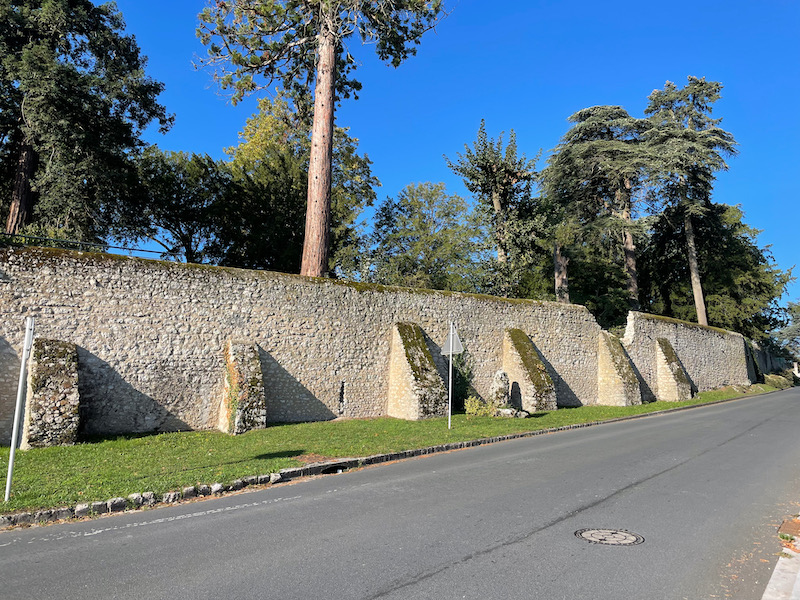
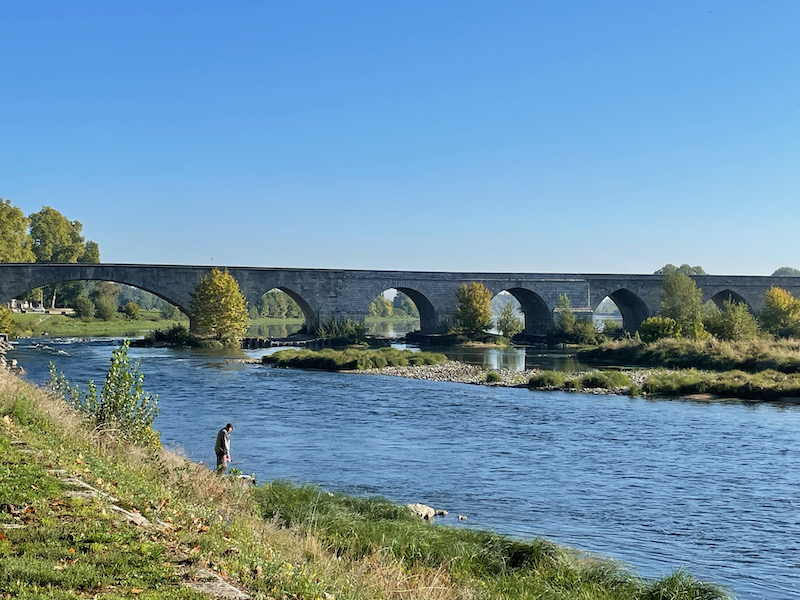
The Devils Tower is a vestige of the city's first fortified enclosure from the 11th-12th century. Restored in 1460, this cylindrical building has mullioned windows and a slate roof.
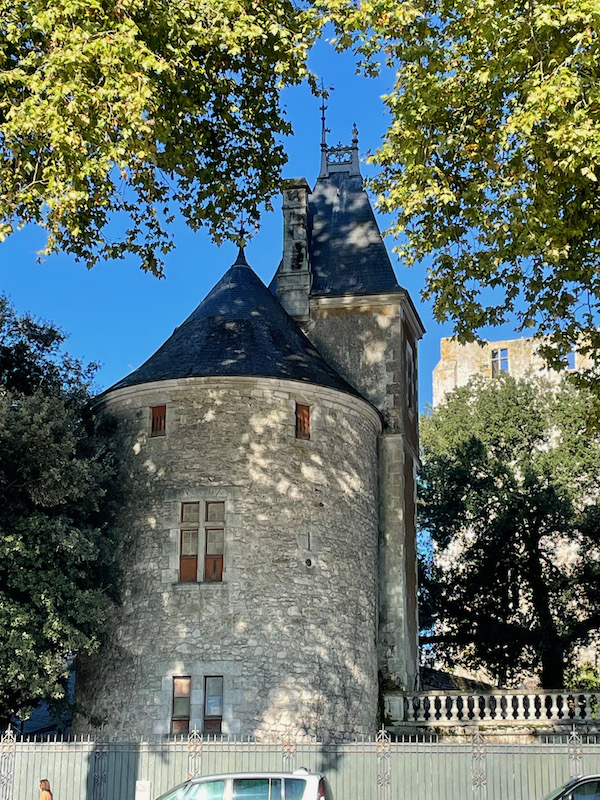
The main entrance to the medieval castle was the Porte de la Barrière.
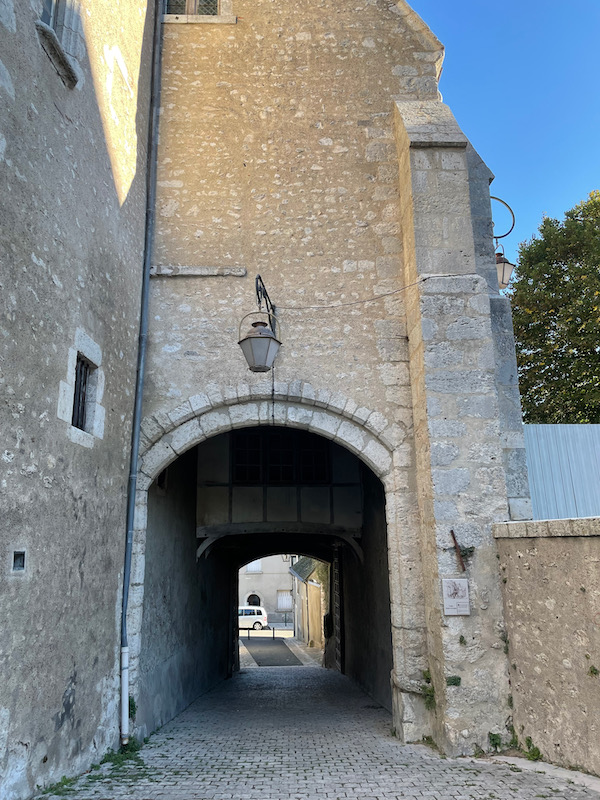
Caesar's Tower (also called the Donjon of the castle) is an 11th century square keep from the old fortified city. It was used to defend the citadel and the bridge over the Loire. The fire of 1567, during the Wars of Religion, damaged several buildings nearby and took the roof of the César tower. It is quite tall now, but was actually taller than this originally. Around 1750, the top of the keep was demolished because it was at risk of collapsing.
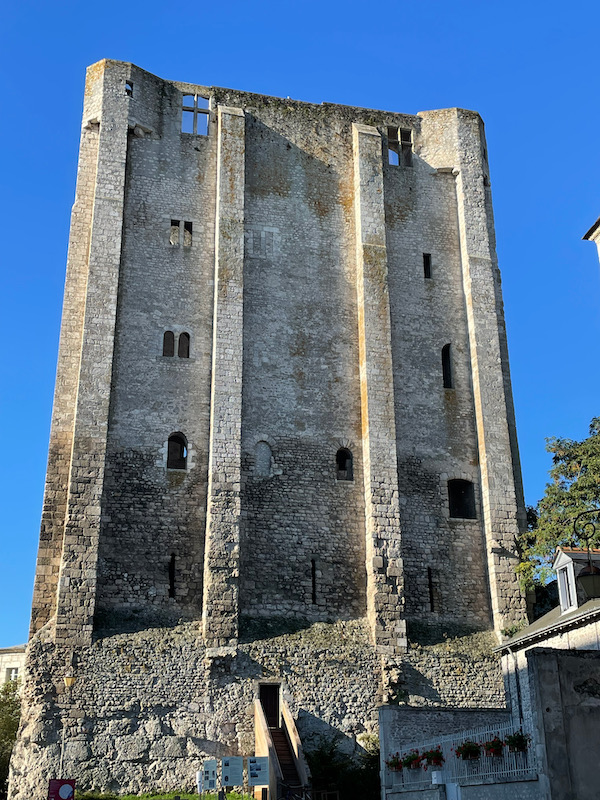
Right next to the tower is the Notre-Dame Abbey, which was part of the fortified city and was seen on a coin dating from the 10th century. The construction of this building began at the end of the 11th century and the sobriety of its lines and its massive appearance are characteristic of Romanesque architecture. In 1152, the marriage of the king of France Louis VII with Eleanor of Aquitaine was declared void here so that she could marry the future King of England, Henri Plantagenêt.
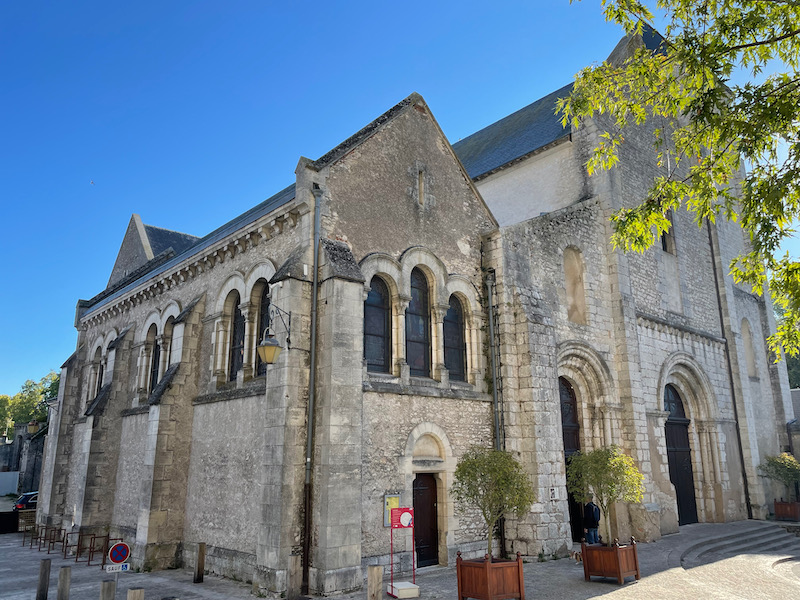
While the nave has side aisles, there are not really any side chapels (only little niches). The abbey church was remodeled in the 17th century, after the Wars of Religion. Bombings damaged the south aisle and the stained-glass windows during the Second World War. Dating from 1665, the wooden paneled Gothic vault gives the visitor the illusion of stone.
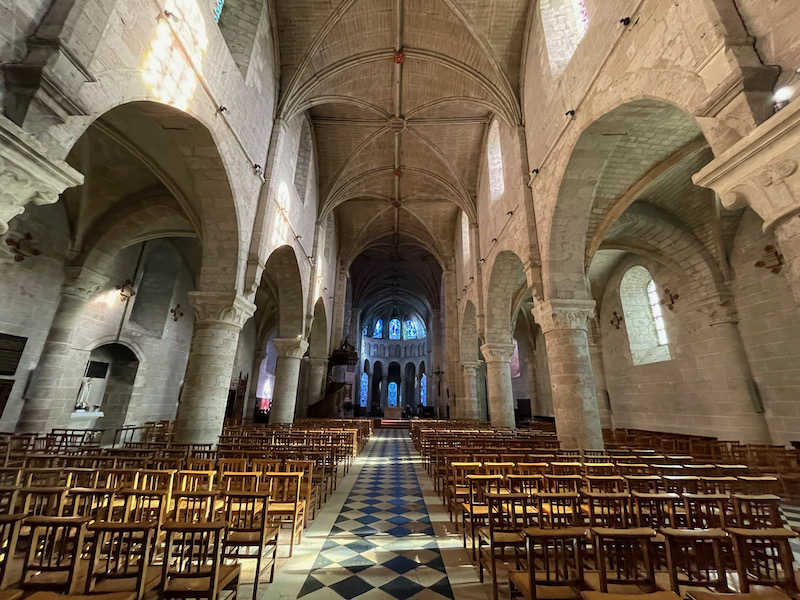
The organ sits over one of the entrances, and it has a highly-carved base. The carving on the left shows the baptism of Christ.
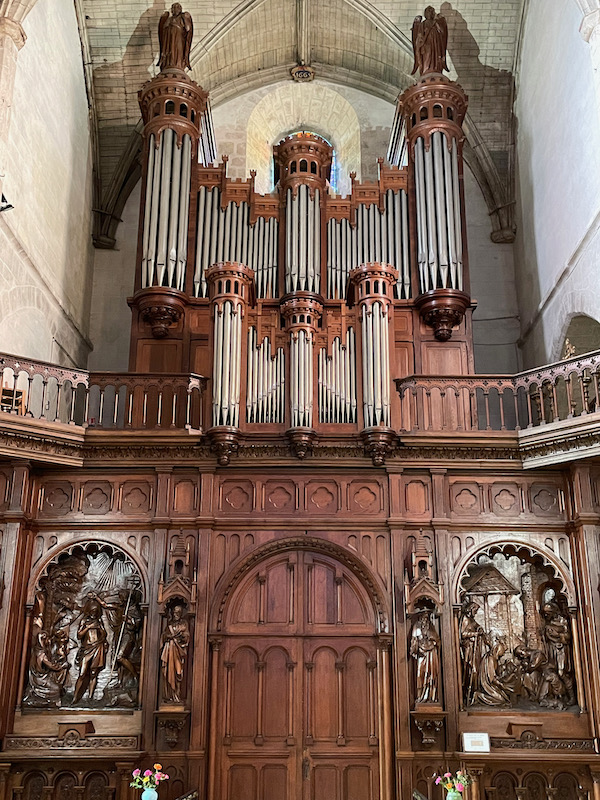
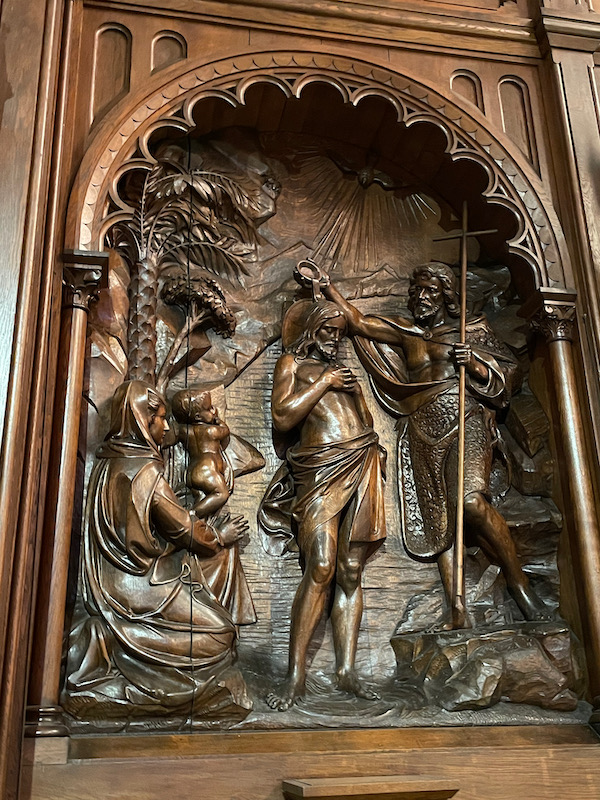
The stained glass windows date from 1946 and the placement takes into account the symbolism and orientation (much like in the middle ages). The windows in the East, where the sun rises, are different from those in the West, where the sun sets. The North transept has scenes from the old testament while the South covers the new testament.
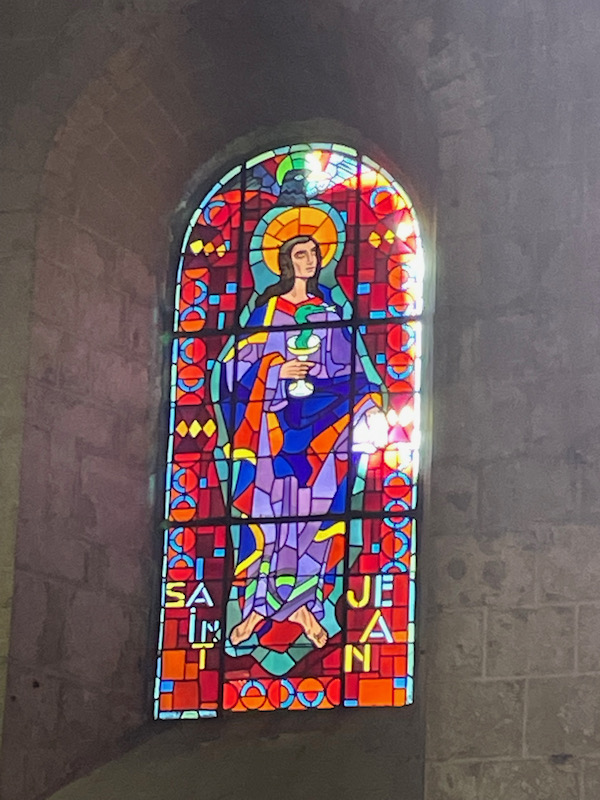
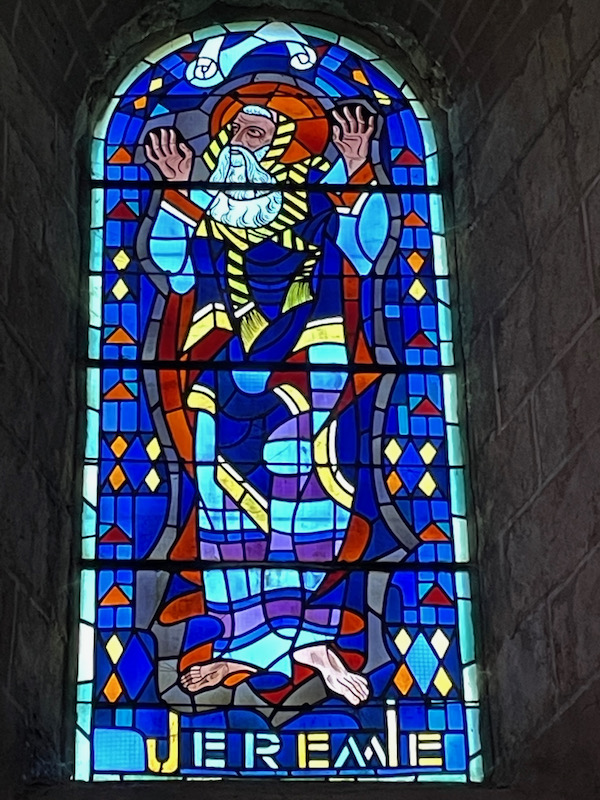
The apse of the church is quite bare, with tall Romanesque arches. But the colorful stained-glass windows gives it an interesting contrast.
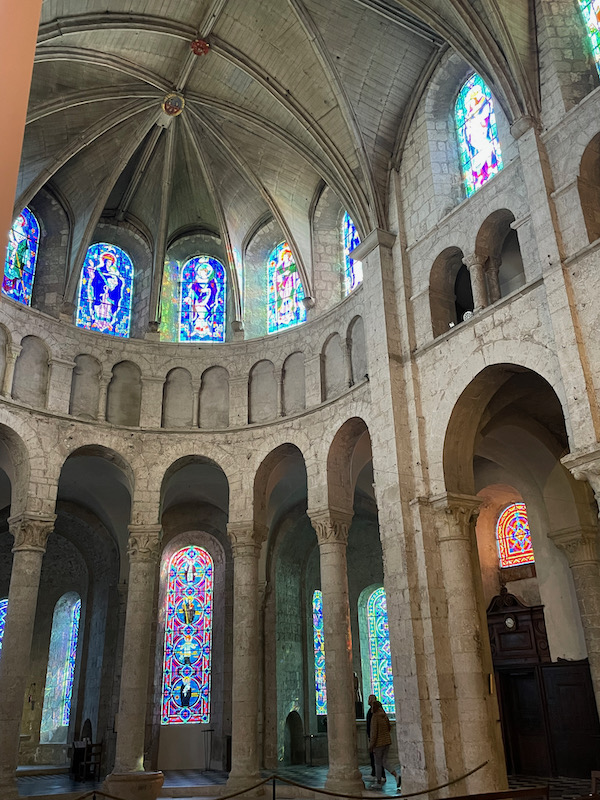
The Renaissance town hall was built around 1525, with an elegant Renaissance facade that has some finely carved details.
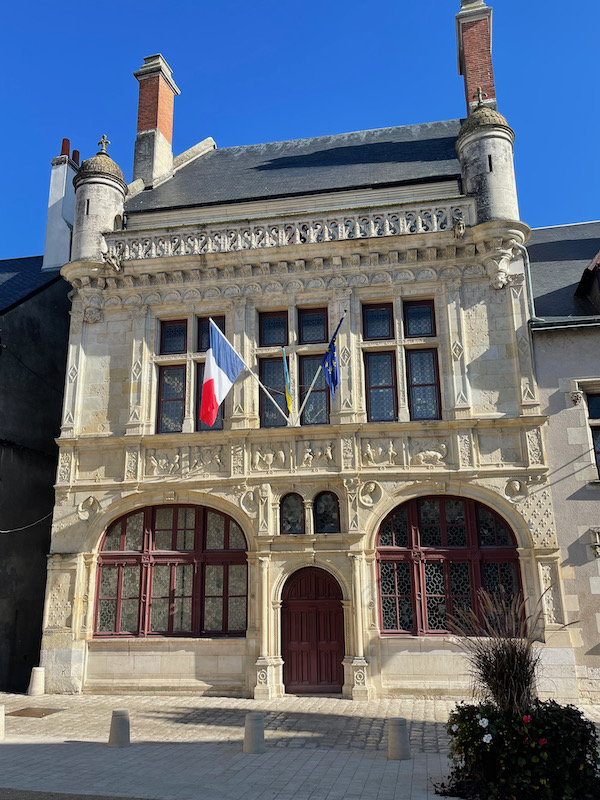
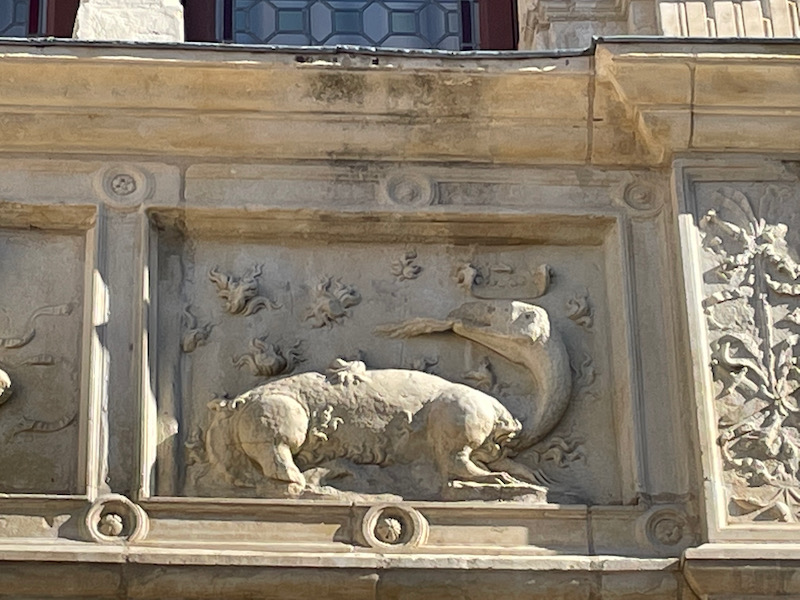
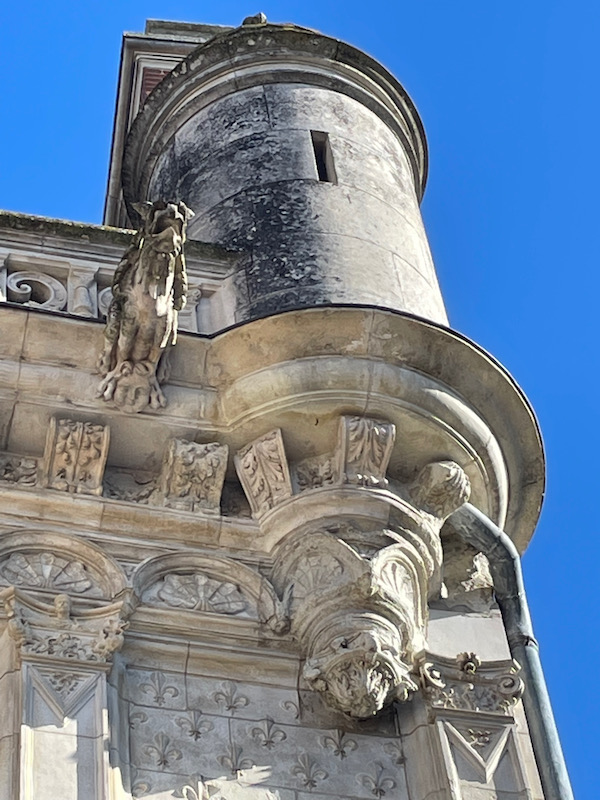
The Tour de l'Horloge is a former gate of the second enclosure of the city. It is sometimes called the Tour du Change because it is near a crossroads where the exchange of currencies took place in the Middle Ages. Originally built in the 11th century, it houses the municipal clock from 1511.
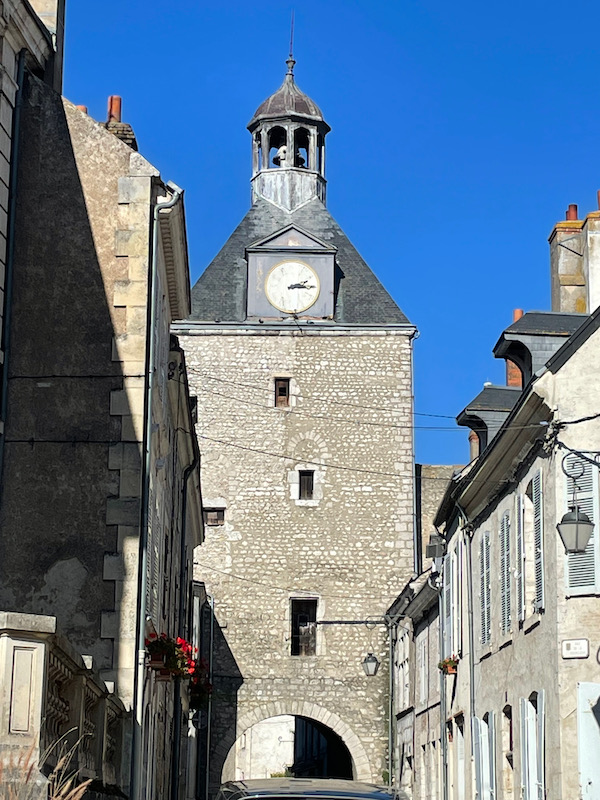
An example of a 15th century half-timbered medieval house, the ground floor would have housed a shop while the top floors were for living.
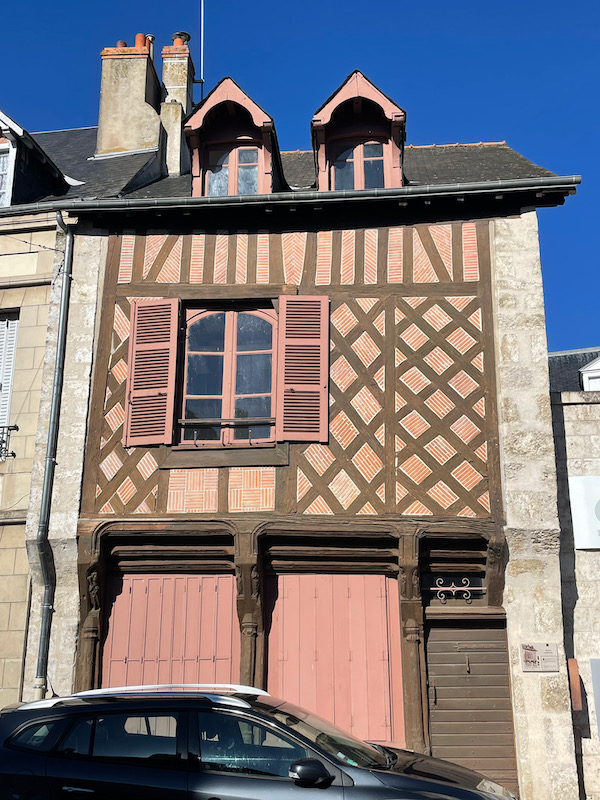
Built in the 15th century, the Saint-Firmin bell tower has 4 bells which still ring 3 times per day. This bell tower is the last vestige of an 11th century Romanesque parish church, which was built a little bit before the Abbey. When the Notre-Dame abbey was set on fire by the Protestants in 1568, the fire spread to the César tower and the Saint-Firmin church located nearby. The church was destroyed during the Revolution and its bell tower was sold.
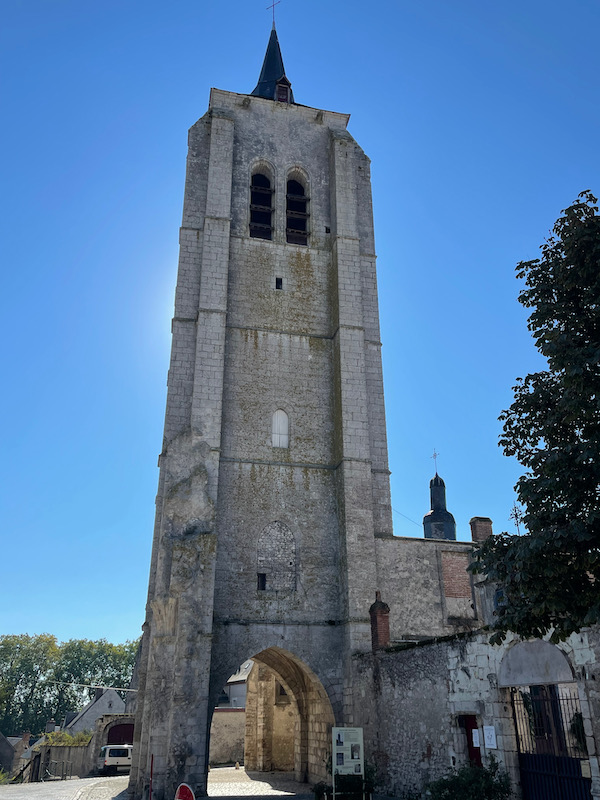
La halle du Petit Marché is quite small, and I'm not sure it houses a market anymore. The iron structure and the cast iron columns are comparable to those of many buildings built at that time, for example the small Carnot halls in Limoges (1885). It seems that there were lots of architects were then passionate about metal architecture, like Gustave Eiffel.
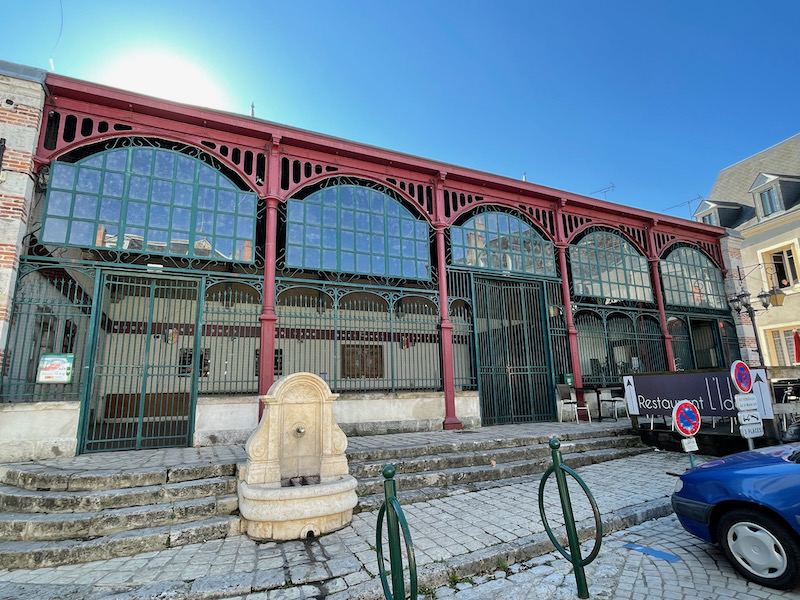
Porte Tavers is a vestige of the last enclosure, the old "Porte-Blésoise" from the 12th century. It defended the Southern entrance of the city and is one of the best-preserved Romanesque city gates.
